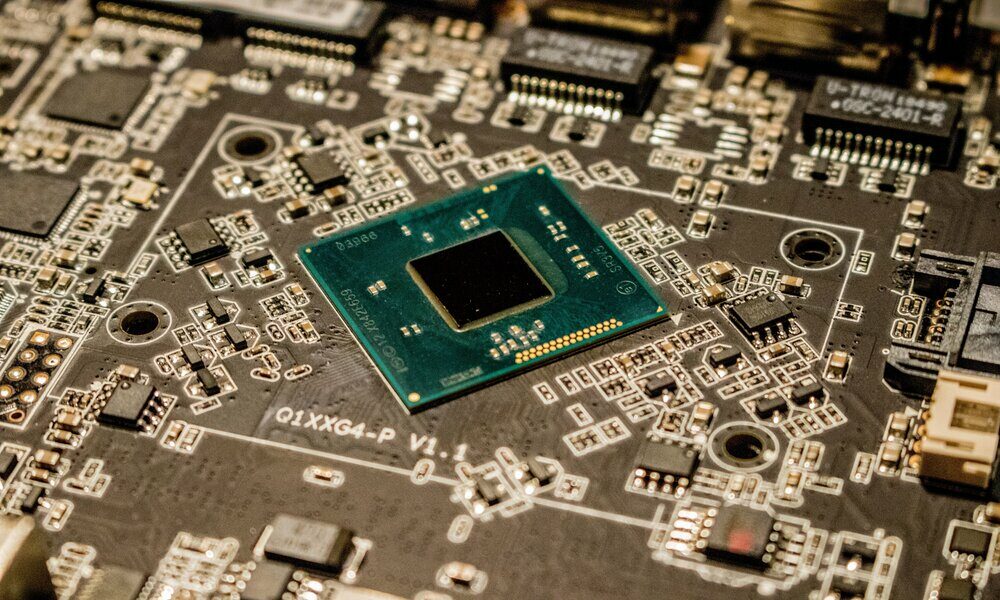
In recent days an agreement has been reached between the US and India, which has been set at a Memorandum of Understanding (MoU)through which both countries will collaborate in the manufacture of semiconductors without having to depend on China, with whom geopolitical tension is increasing as the hours go by.
Following the new Science and Chips Law from USA and the India Semiconductor Mission (ISM), a real and competitive alternative to the Asian giant in the semiconductor sector will be built, following the line of restrictions of the Joe Biden government.
The agreement between both countries will help build national semiconductor supply chains already remove the regulatory barriers related to business and talent mobility. Only in this way will it be possible to grow within the diversified semiconductor ecosystem. This is the first step that shows that the US intends to have more collaborations with supply chains outside of China and build a semiconductor ecosystem led by them.
It’s funny, but India is currently the 7th most important country for China’s semiconductor exportsin such a way that this deep relationship with the US would put the Asian giant in check in the medium-long term.
An opportunity for India
India has known how to move in the field of political discrepancies between the US and China and, as a result of its new ISM, promote from the governed strategies that develop the manufacture of semiconductors and screens in the country. Your goal is attract native chipmaking companies globally and that they establish their headquarters in their territory.
Already in 2021 they approved a Incentive plan to attract investment in this sense, since for manufacturing companies to decide to bet on India, they will have to dispose of raw materials complex (silicon wafers, gases and chemicals). The critical economic situation derived from the pandemic has not contributed to India’s technical independence in the manufacture of semiconductors, and therefore, servers, computers and automobiles, among others.
China, Taiwan, South Korea, Japan and the US are currently the top chip makers, although the Biden administration’s need for curbing China’s geopolitical powerbased on the manufacture of technological products, has led to India gaining new positions in the development of chip technology.
That is why India is working to create a powerful and competent supply chain compared to other countries, being capable of designing chips, manufacturing wafers, assembling and packaging parts and automating electronic design (EDA) by its own means. All of this is a revolution for the country, which only has a presence in chip design.
India is currently part of the fabless ecosystemthat is, it is dedicated to the manufacture of semiconductors but without having a specific plant for silicon wafers, specializing in the design and marketing of chips.
As early as September 2021, the Quad Alliance worked to secure supply chains for semiconductors and 5G telecommunication technologies reducing the influence of China. This conglomerate, made up of the US, India, Japan and Australia, demonstrated its technological power and its self-sufficiency.
A bright future for India
The country could become part of the global supply chain for semiconductors, gaining ground on the group of China, Taiwan, Japan and South Korea, which accounts for 75%. However, for this they must raise and consolidate its first commercial semiconductor factory.
In the words of the Indian IT Minister, Ashwini Vaishnav, they will briefly announce the installation of a semiconductor factory based on the proposal of one of the three international investors; Vedanta-Foxconn, International Semiconductor Consortium (ISMC) and Singapore.
Once the industry was consolidated, it would a period of three to four years so that the manufactured wafers could be sent to customers, with the semiconductor assembly and testing period being about three years.
They already have a very advanced chemical industry, which added to the National Education Policy (NEP), in a new design of study plans developed by the Council of Technical Education of India (AICTE) and the political impulse in hardware that includes PLI and DLI schemes, the country could consolidate itself as a key semiconductor manufacturing nation.



